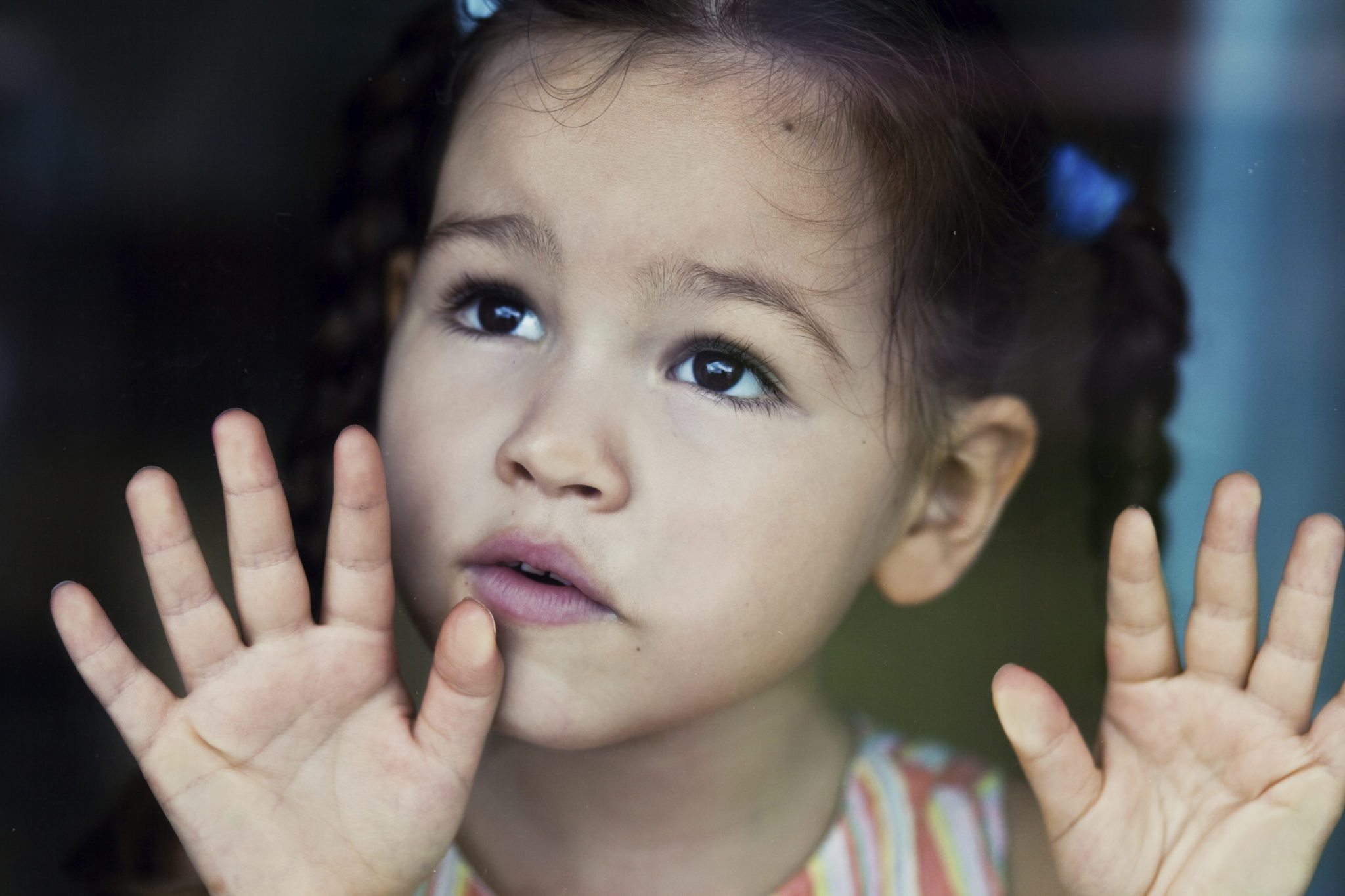What Is a Personality Disorder?

Posted in: Parenting Concerns, Teenagers, You & Your Family
Topics: Behavioral Issues, Mental Illness + Psychiatric Disorders
I’ve always had a problem with the label “personality disorder,” and so have many of my patients. I think it’s because we typically associate “personality” with a “person,” so the term seems to suggest that there’s something wrong with the human being. But short of reinventing a better name for it, let’s define what this term means and try to understand it in a more meaningful and helpful light.
Personality is the way a person uniquely acts, feels, and thinks. It’s a series of traits that help define who we are as individuals. For example, one person may be warm, sensitive, outgoing and engaging while another is cold, insensitive, introverted, and withdrawn. This makes sense – we know people are different in many ways.
What Factors Influence Personality?
Personality traits come from two main sources: genetics and the environment.
Genetics: Chess and Thomas conducted the New York Longitudinal Study to determine if kids ages one to five were born with “behavioral packages.” While children in the same family may inherit their genes from the same parents, they are still unique individuals. One sibling may be easy-going and adaptable, while another is more irritable and finds it difficult to accommodate new situations. One three-year-old child may be focused and persistent, say, when stacking blocks, while another sibling is easily distracted and simply gives up when frustrated.
We refer to these traits as an individual’s temperament and appreciate that all children are born with different styles of thinking, feeling, and behaving. Temperament is one component of our personality, and while it is a genetic package, it isn’t fixed in stone. In fact, some traits can be significantly modified.
Environment: Another component that helps to determine our thinking, feeling, and behaving is the influence of our environment. For example, adverse childhood events such as abuse or neglect can negatively affect thinking, feeling, and behavior. Such negative influences may lead to distrust of others and vigilance to one’s surroundings, with fears and concerns that something threatening or dangerous is lurking. While this makes sense, for the most part, it’s also adaptive.
What Is a Personality Disorder?
A personality disorder is a long-standing condition in which some of a person’s thoughts, feelings, and behavior negatively affect his or her personal experience and relationship with others. It’s a mental disorder that causes distress and impairs one’s ability to function healthily in relationships, school, and work. These traits tend to last over time and often go unnoticed by the person who has them, though they may be very apparent to others. Regardless of whether the individual is aware of them, the dysfunctional traits are very hard to control.
It’s important to remember that the personal traits that negatively impact one’s life may be present along with other positive attributes that are helpful and highly valued. In addition, many of these qualities are traits we all have – it’s just that they become problematic when in their extreme. In other words, the demarcation between personality type and personality disorder is not nearly as rigid as one might expect.
The American Psychiatric Association (APA) recognizes 10 personality disorders:
- Antisocial Personality Disorder: a pattern of disregarding the rights of others, such as chronically lying, stealing, and deceiving others.
- Avoidant Personality Disorder: a pattern of extreme shyness, sensitivity to criticism, or feeling rejected almost all the time.
- Borderline Personality Disorder: a pattern of volatile relationships, low self-esteem, problems with anger, chronic fears of abandonment, impulsiveness, and self-destructive behavior.
- Dependent Personality Disorder: a pattern of clingy behavior and desire to be cared for by others; difficulty making decisions without significant reassurance from others.
- Histrionic Personality Disorder: a pattern of excessive and exaggerated emotion; high drama and attention seeking.
- Narcissistic Personality Disorder: a pattern of excessive need for admiration, adoration, grandiosity, lack of empathy, and entitlement, including taking advantage of others for self-gain.
- Obsessive-compulsive Personality Disorder: a pattern of preoccupation with orderliness, inflexibility, perfection and self-control.
- Paranoid Personality Disorder: a pattern of viewing others with suspicion and avoidance of closeness with others.
- Schizoid Personality Disorder: a pattern of social isolation and detachment, minimal expression of emotion, and indifference toward the reactions of others.
- Schizotypal Personality Disorder: a pattern of eccentric behavior, distance from any relationships, and idiosyncratic beliefs.
These personality disorders have been documented through extensive studies by the APA. However, these specific conditions don’t account for the full picture of any given individual. Instead, they should be recognized as rough generalizations about the problematic traits of certain individuals. Many with personality disorders have other highly functional characteristics. In short, humans are complex.
The diagnosis of a personality disorder should generally not be made during adolescence, unless there is overwhelming evidence that the traits have been longstanding. This clinical rule has been established because the brain does not fully develop until about age 25, and thus we should not be too quick to make an assumption about personal traits until we assess maturity.
Nonetheless, as in all cases of behavioral disorders, parents who observe worrisome behaviors in their children should always seek help to determine if there is an acute cause (such as a recent trauma) or if it is has a long course. In either situation, treatment may be necessary.
Can Personality Disorders Be Treated?
Personality disorders may be alarming, but there are many treatment options available for your child. These options include:
- Individual Psychotherapy: This entails individual therapy and might involve Insight, Cognitive Behavioral Therapy, or Dialectical Behavioral Therapy.
- Group Psychotherapy: Supportive or skill-based group therapy may be very helpful.
- Mindful Meditation and Self–Care to manage stress
- Family Therapy: Working in an approach that emphasizes the idea that children live and grow in relationship to others, in particular their own family.
- Residential or Partial Hospital Treatment: This may be needed if self-destructive behavior cannot be controlled or if the level of poor functioning is significantly impairing life with friends, family or school.
- Medications: While there are no specific medications that treat personality disorders themselves, there are many that may help alleviate anxiety, depression, impulsiveness, or self-destructive behavior.
If you think your child is developing a personality disorder, the first step is to talk with your primary care provider or take your child for a comprehensive psychiatric evaluation. As with most mental health challenges, the single most important thing we can do is to obtain early identification and intervention if necessary.


 Share
Share Tweet
Tweet





